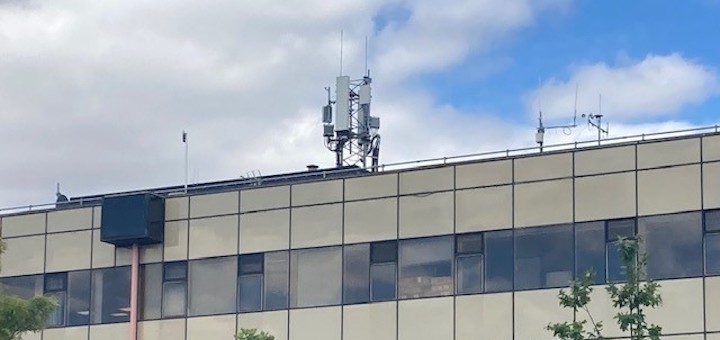Being the first is still a quoted value in the telecommunications sector, for this reason, in many advertisements to say that you are the first, you just need to add a little nuance. In this regard, BT added Europe in its statement to make it clear that it was a first on the continent as, worldwide, T-Mobile in the United States had snatched that ranking in June this year.
This week, British operator BT said it had become the first in Europe to add four carriers (4CC) in its commercial 5G Standalone (SA) network. This announcement is significant because it marks the evolutionary path of 5G in its mobile operations, which operates under the EE brand and, with this update, will offer a better experience for its customers and enable new capabilities for the company. “As we migrate to SA’s 5G network, these technological milestones are critical to delivering the best possible experience to our customers,” said Greg McCall, general manager of service platforms at BT.
To realize this breakthrough, BT worked with Nokia to successfully combine four low-band and mid-band radio channels — 2.1, 2.6, 3.4 and 3.6 GHz — using Nokia’s latest radio access network technology.
The test was carried out in two stages, BT said in a statement. The first was carried out at the BT radio lab in Bristol and then moved outdoors to a radio mast at BT Adastral Park in Suffolk, where the team managed 4CC success on 5G SA in the commercial spectrum used by EE to offer the service. Not only is this the first time in Europe that a network operator has achieved 4CC in 5G SA using commercial spectrum, it is also the first time it has been achieved outside of a lab in Europe, the operator said in a statement.
“Our trial with Nokia is another demonstration of building the most advanced network for our customers. 5G SA, along with edge computing, will open up new opportunities for customers who want to develop new services. Moreover, this technology demonstrates what is possible for future devices in terms of supporting carrier aggregation, which is an important part of the customer experience,” said McCall.
But BT isn’t the first carrier on the planet to achieve this feat, and in June T-Mobile in the US released a headline: T-Mobile Surpasses 3 Gbps With World’s First 5G SA Carrier Aggregation Achievement. Two months ago, T-Mobile announced the aggregation of three mid-band 5G spectrum carriers, achieving speeds of over 3 Gbps on its 5G SA network. This is the first time testing has been conducted with a commercial device, the Samsung Galaxy S22, in a live production network.
“This trial demonstrates the tremendous power of mid-band spectrum and represents another major step for 5G SA,” said Neville Ray, T-Mobile’s chief technology officer, in June. “…we are leading the way with new performance-enhancing capabilities that deliver incredible speeds and deliver on our vision of creating the highest capacity network in the country.”
In that June test, T-Mobile combined three 5G channels, two 2.5 GHz ultra-capacity 5G channels, and one 1,900 MHz spectrum channel, creating an effective 210 MHz 5G channel to exceed 3 Gbps speeds.

“Entrepreneur. Internet fanatic. Certified zombie scholar. Friendly troublemaker. Bacon expert.”







